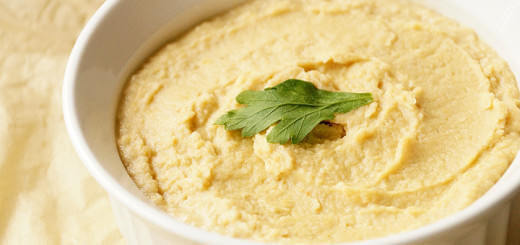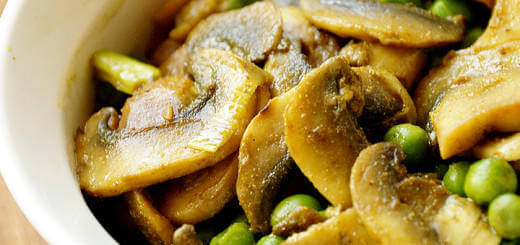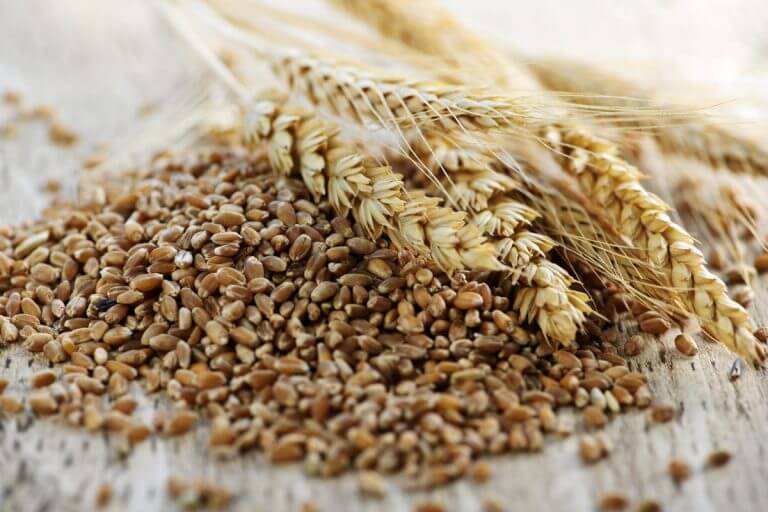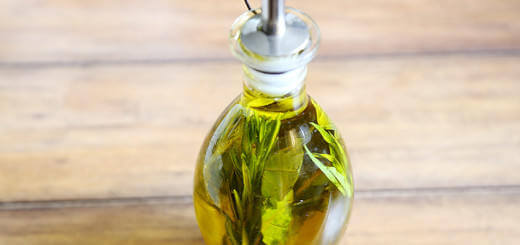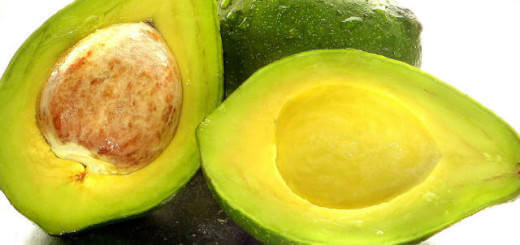How to Like Vegetables when you Hate the Taste?
Everyone by now should be aware of the health benefits of vegetables and how it increase our lifespan. But the problem is, not everyone likes the taste. In fact, some people hate it so much they avoid eating it completely.
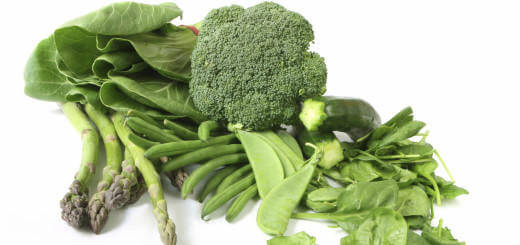
My husband is one of those people who absolutely hates the taste of vegetables. He refuses anything green and his family seems to never be able to get him to eat it. So, what’s the secret to getting him to like the taste?
I think the reason why people don’t like the vegetable taste is that it can contain a little bitterness and humans don’t like bitterness because it’s an evolved feeling from our ancestors, when bitterness was often associated with poisonous things, so naturally we would get turned off. What you want to do is cover up that taste!
There are 2 major ways:
Blend it with Fruits
I find this method to be one of the most effective ones because blending fruits and vegetables together removes a lot of the vegetable taste and leaves you with a sweet, fruity taste. So it’s kind of like drinking a fruit juice but you’re also having a lot of vegetables.
My favourite smoothie recipe is here:
You can see exactly how much vegetables I add, and he eats it all without a single problem. If the vegetables are a bit overpowering at first, you can add more fruits and gradually get used to the taste. I think your taste buds do change over time. The more you have it, the more you are probably going to enjoy it.
Two years ago, I could never imagine myself become addicted to salads. Now, some nights I even crave it. I still can’t believe it!
Make it a little sour, sweet, salty and add a little Oil
I know that eating too much salt isn’t good, but there are ways to get around that. Sometimes, you only need to add a little salt, but be sure you’re cooking the veggies with something sweet, such as onions, sweet potatoes and such. That way, the sweetness will give it flavour.
Lemon juice is wonderful with enhancing flavour. It almost gives it a salty taste without it being salty. You can also try adding a bit of apple cider vinegar.
I always spice it up with plenty of onion powder, garlic powder and smoked paprika. I find that they really enhance flavours of vegetables.
I do understand that frying oil is bad, but what I tend to do is rub a little extra light olive oil on vegetables if I’m baking, or fry in low heat and use oils that has a higher tolerance to heat (coconut oil is a brilliant choice as well). One important thing I’ve learned is to add the oil AFTER the food is cooked, particularly soups. You can absolutely taste the richness of the oil in its natural state without being fried!
When I make salads, I will always make it a little sweet and sour, then a bit salty and spicy. That way, there’s so much flavours that you completely forget about the taste of the vegetables. Another thing I tend to add is nuts, as that has a lot of crunchiness and flavour to spice it up! How I achieve that is by adding a little fruit (for example, pineapples, strawberries), dried fruit such as cranberries or raisins (with no added sugar), or fruit juice (100%).
Warning: Never steam, microwave or bake vegetables without adding anything else. Even I can’t stand the taste of bland vegetables!
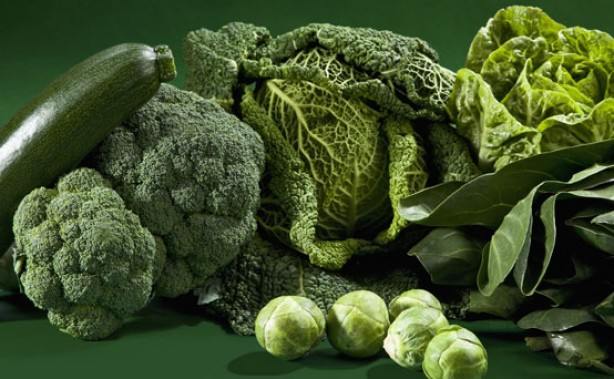
You can also check out the recipe section on this website, as it has a lot of various recipes on how to include vegetables in a meal, and all of them which my husband (the vegetable hater) loves.
Important Point to Remember
If you find one method that works, then go for it! Even if you may not think it’s the “proper” way of eating, don’t force someone to eat what they don’t like, when they can eat the same food in a way they do. If you find that blending veggies with fruits to make a popsicle works for your kids or husband, there’s no need to force them to eat the same foods in a salad if they don’t like salads.

